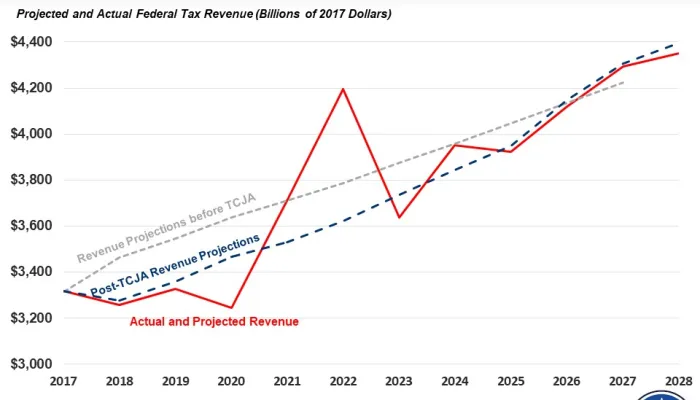How a Cap on Deductions Might Work
Update: Clint Stretch at Capital Gains and Games sketches out possibilities for base broadening in Gov. Romney's plan.
This week, Republican presidential candidate Mitt Romney's campaign floated the idea of having a $17,000 cap on itemized deductions as a way to pay for his proposed rate cuts. While not necessarily endorsed by Governor Romney, this policy represents the largest step he has taken so far to specify the kind of base-broadening measures he would undertake to make his tax reform plan revenue-neutral, as he intends. He reiterated that approach at the first presidential debate last night, although he declined to pin down a specific number for the cap:
I want to bring down the tax burden on middle-income families. And I'm going to work together with Congress to say, OK, what -- what are the various ways we could bring down deductions, for instance? One way, for instance, would be to have a single number. Make up a number, $25,000, $50,000. Anybody can have deductions up to that amount. And then that number disappears for high-income people.
This approach is somewhat similar to the Feldstein-MacGuineas approach of reducing tax expenditures, which would limit the value of certain tax preferences to two percent of adjusted gross income. One difference is that it appears this option would limit the amount deducted, rather than the value of the deduction. Thus, a $17,000 limit would limit the value of those deductions to $2,550 for someone in the 15 percent bracket and $5,950 for someone in the 35 percent bracket (although he appears to indicate in the quotation above that the limit would wind down for high-income earners).
Beyond that original proposal, a Bloomberg article appears to have the most detailed fleshing out of this possibility so far. The article quotes a Romney aide as saying that the approach would actually involve three caps: one for itemized deductions and credits, one for the exclusion for employer-paid health insurance premiums, and one for personal exemptions. It is not clear how one would design a single cap for deductions and credits based on the "amount-deducted approach" since a $1,000 credit and $1,000 deduction do not have the same value; however, such an approach could be designed in theory.
In terms of the personal exemptions and health exclusion, there are a number of possible options. As an example, prior to 2010, the tax code contained a phaseout of personal exemptions for high-income earners known as PEP. It was repealed by the 2001 tax cuts and is scheduled to return in 2013 when the tax cuts expire. On the health side, one proposal is to cap the level of premiums that may be excluded at the 75th percentile in terms of cost, as Simpson-Bowles proposed.
In terms of revenue raised from these caps, it depends on the details, but it would likely be very significant and progressive. Almost all high earners currently itemize more than $17,000 of deductions; in fact, the average itemizer deducted $26,000 in 2011 (and $174,000 for the top 1 percent). However, it is not clear whether this proposal would generate enough revenue or enough progressivity to offset Gov. Romney's tax cuts. As more information becomes available, we will provide additional analysis.
It's encouraging to see more specifics from any candidate running for office that will have an impact on our fiscal future. Details that Gov. Romney continues to provide on base-broadening measures in his tax reform plan will be key to its fiscal viability.


